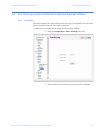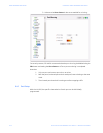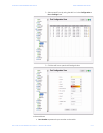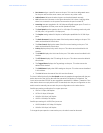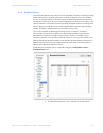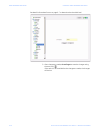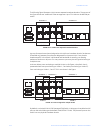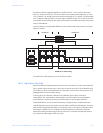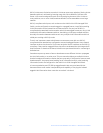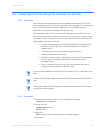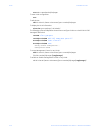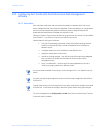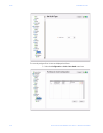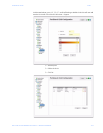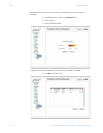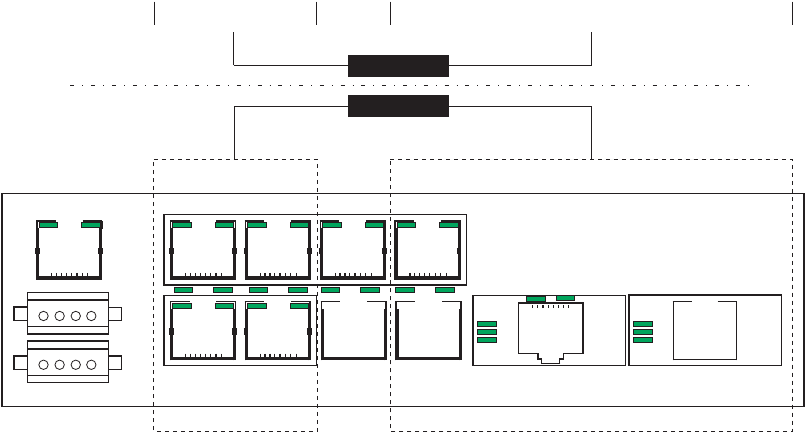
CHAPTER 10: VLAN VLAN
MULTILINK ML1200 MANAGED FIELD SWITCH – INSTRUCTION MANUAL 10–3
If VLANs are entirely separate segments or traffic domains - how can the VLANs route
traffic (or “talk”) to each other? This can be done using routing technologies (e.g., a router
or a L3-switch). The routing function can be done internally to a L3-switch. One advantage
of an L3 switch is that the switch can also support multiple VLANs. The L3 switch can thus
route traffic across multiple VLANs easily and provides a cost effective solution if there are
many VLANs defined.
As shown below, routing between different VLANs is performed using a router or a Layer 3
switch (L3-switch)
FIGURE 10–3: VLAN routing
The Multilink ML1200 supports up to 32 VLANs per switch
10.1.2 Tag VLAN vs. Port VLAN
What is the difference between tag and port VLAN? In a nutshell - port VLAN sets a specific
port or group of ports to belong to a VLAN. Port VLANs do not look for VLAN identifier (VID)
information nor does it manipulate the VID information. It thus works “transparently” and
propagates the VLAN information along.
In the tag VLAN, an identifier called the VLAN identifier (VID) is either inserted or
manipulated. This manipulated VLAN tag allows VLAN information to be propagated
across devices or switches, allowing VLAN information to span multiple switches.
As described earlier, VLAN is an administratively configured LAN or broadcast domain.
Instead of going to the wiring closet to move a cable to a different LAN segment, the same
task can be accomplished remotely by configuring a port on an 802.1Q-compliant switch
to belong to a different VLAN. The ability to move end stations to different broadcast
domains by setting membership profiles for each port on centrally managed switches is
one of the main advantages of 802.1Q VLANs.
CONSOLE
POWER
VLAN 1 VLAN 2
SEGMENT 1
SEGMENT 2
ROUTER
ROUTER or L3 SWITCH



